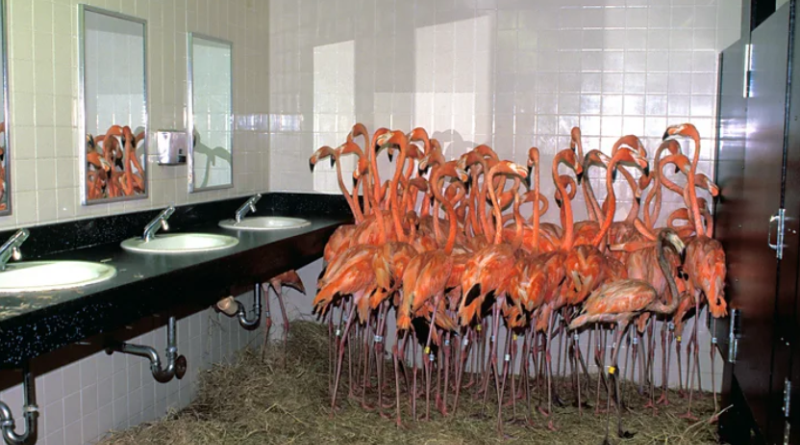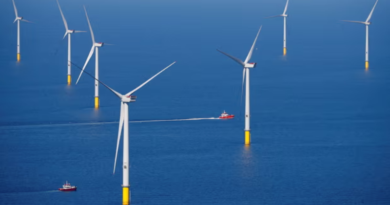‘We’ve used hallways, we’ve used bathrooms’: How zoos protect animals when hurricanes hit
From harbouring flamingos in bathrooms to ensuring koalas’ specialised foods, when hurricanes hit, zoos need contingency plans at the ready. Now they are preparing for more extreme storms.
Although she and her colleagues were starting to see the winds and rains get stronger as the eyewall of storm Helene moved north of them on 26 September, Kelly Martin called her husband at about 20:30 to tell him she would be home by midnight at the latest.
As the vice president of zoological care, Martin had to ensure all animals at the Florida Clearwater Marine Aquarium were hunkered down and safe through the hurricane, and she was part of the “ride-out team”, the workers who’d be riding the storm out with the animals. But the mood was optimistic that the impact would be minimal. “We were all feeling really good,” says Martin, who has been working at the aquarium for 14 years.
It was barely past 21:00 when the building started taking in water. It gushed down the streets outside, and began seeping into the aquarium, leaving them 4ft (1.2m) deep in a saltwater flood.
“I try and maintain calmness, I project confidence, but I’ll tell you, internally, this was probably one of the more scary events that we’ve gone through,” says Martin. The power cut off.
The team checked the animals were safe in their tanks and transferred those they could to higher ground, then swiftly moved to safety on the fourth floor when they realised it was too unsafe to continue their work on the ground floor. That’s where they waited out the storm through the night.
At 03:00, when her “life check” alarm rang, Martin knew the water levels would have settled down enough to go back down and make her way safely through the whole aquarium, assessing damage to the tanks and exhibits.
“That was sort of a sombre walk,” says Martin. “You see the damage. You’re devastated and your heart sinks.”
Source: bbc.com




